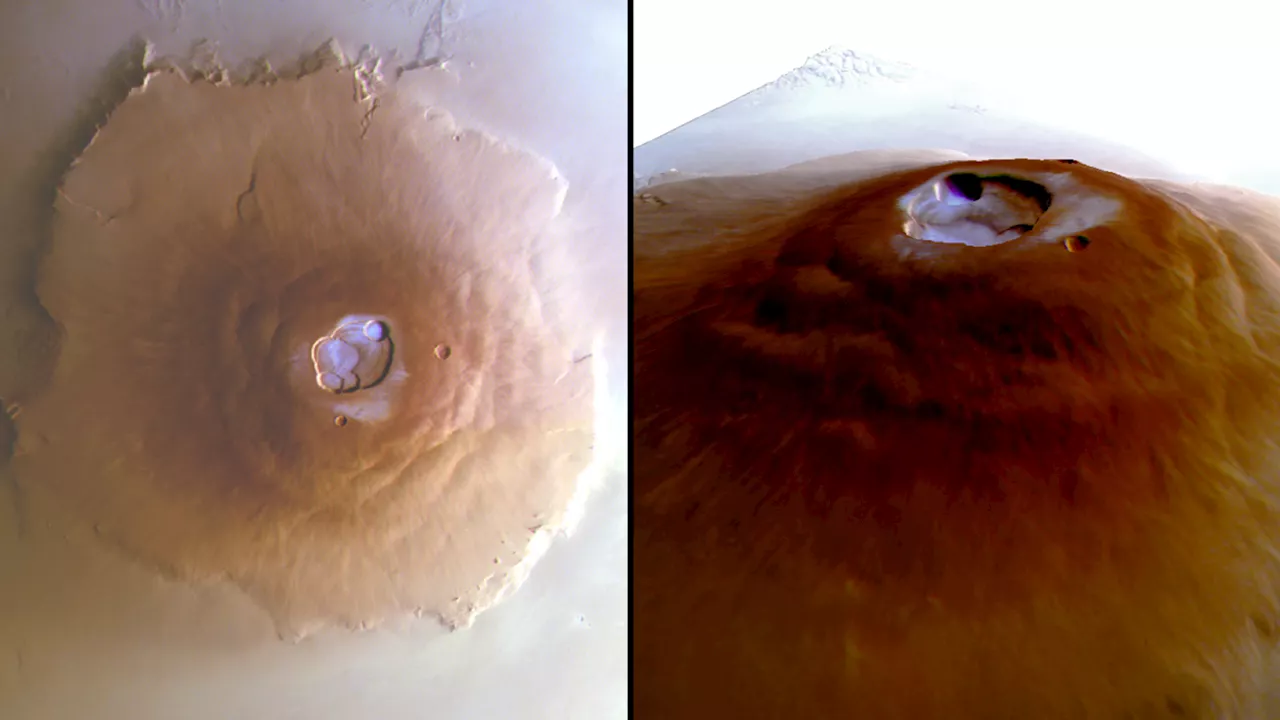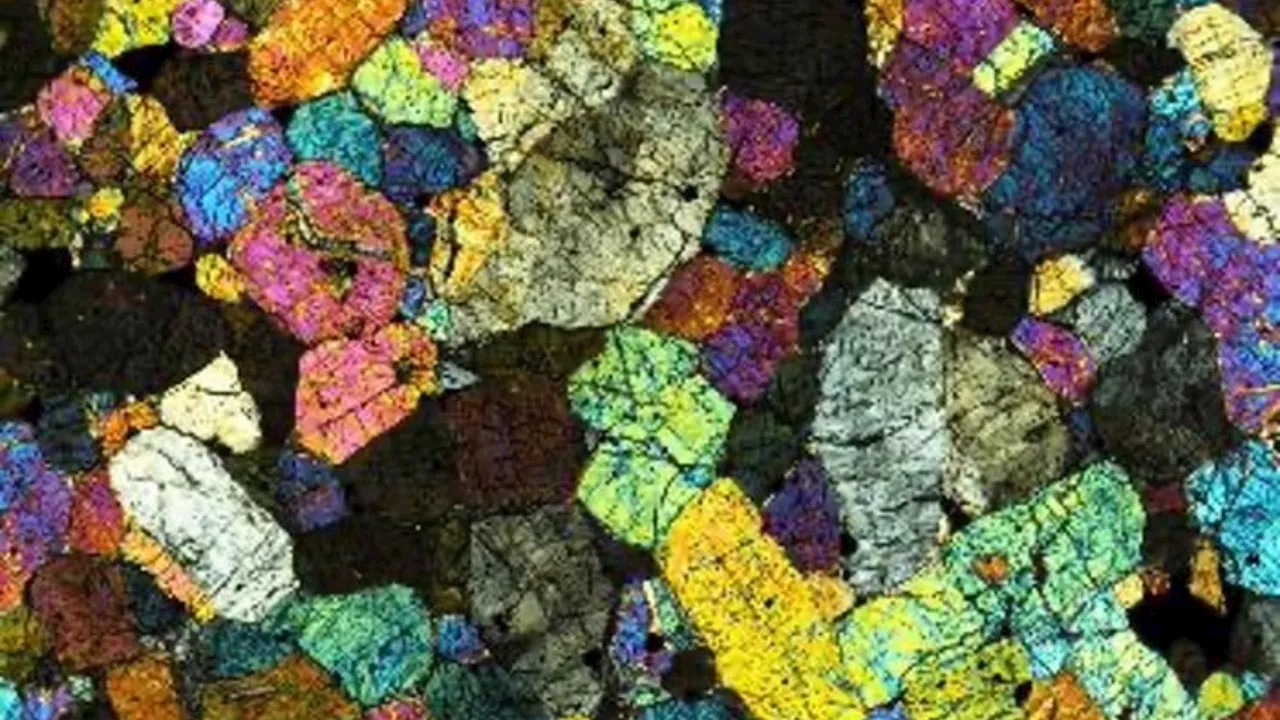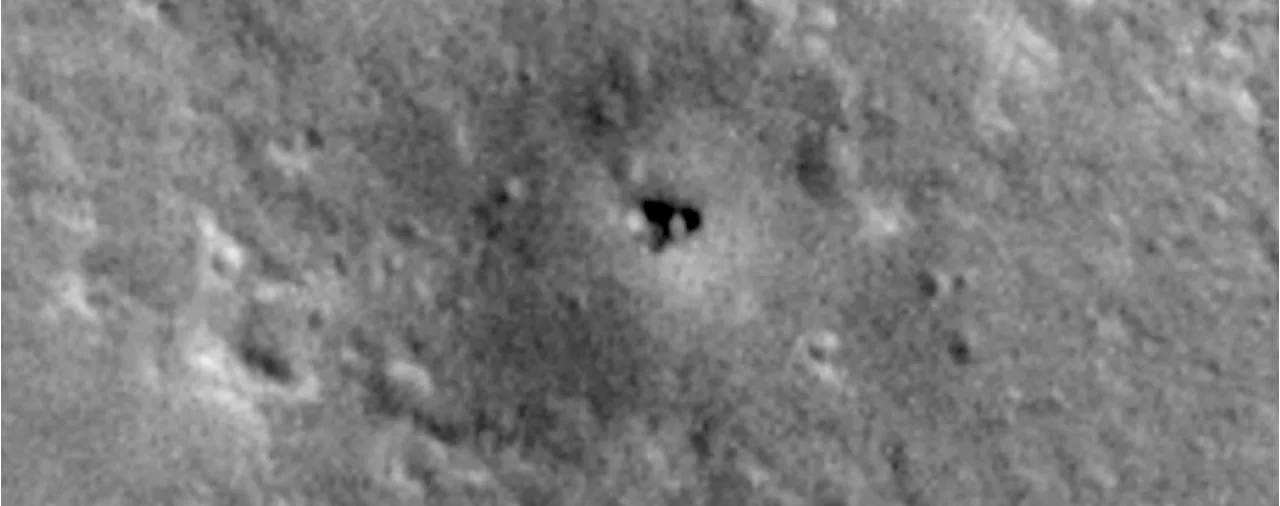Keith Cooper is a freelance science journalist and editor in the United Kingdom, and has a degree in physics and astrophysics from the University of Manchester.
The specks in the sequence of images in this video were caused by charged particles from a solar storm hitting one of the navigation cameras aboard NASA's Curiosity Mars rover. The mission uses the rover's navigation cameras to try capturing images of dust devils and wind gusts, like the gust seen here.
NASA's Curiosity Mars rover captured evidence of a solar storm's charged particles arriving at the Martian surface in this three-frame video taken by one of the rover's navigation cameras on May 20, 2024, the 4,190th Martian day, or sol, of the mission.spacecraft's main star-finding camera that it uses for orienting itself. Although the camera came back online after one hour, it was a reminder that spacecraft are vulnerable to solar radiation.
That giant sunspot that supercharged auroras on Earth? It's back and may amp up the northern lights with June solar storms.
United States Latest News, United States Headlines
Similar News:You can also read news stories similar to this one that we have collected from other news sources.
 Mars rover camera hit with charged particles after solar flare reaches planetFascinating images released by NASA on Monday showed charged particles emitted from a solar flare as they arrived on Mars.
Mars rover camera hit with charged particles after solar flare reaches planetFascinating images released by NASA on Monday showed charged particles emitted from a solar flare as they arrived on Mars.
Read more »
 'We thought it was impossible:' Water frost on Mars discovered near Red Planet's equatorRobert Lea is a science journalist in the U.K. whose articles have been published in Physics World, New Scientist, Astronomy Magazine, All About Space, Newsweek and ZME Science. He also writes about science communication for Elsevier and the European Journal of Physics. Rob holds a bachelor of science degree in physics and astronomy from the U.K.
'We thought it was impossible:' Water frost on Mars discovered near Red Planet's equatorRobert Lea is a science journalist in the U.K. whose articles have been published in Physics World, New Scientist, Astronomy Magazine, All About Space, Newsweek and ZME Science. He also writes about science communication for Elsevier and the European Journal of Physics. Rob holds a bachelor of science degree in physics and astronomy from the U.K.
Read more »
 The 'hole' on Mars making headlines could be crucial to Red Planet explorationKeith Cooper is a freelance science journalist and editor in the United Kingdom, and has a degree in physics and astrophysics from the University of Manchester.
The 'hole' on Mars making headlines could be crucial to Red Planet explorationKeith Cooper is a freelance science journalist and editor in the United Kingdom, and has a degree in physics and astrophysics from the University of Manchester.
Read more »
 1.3-billion-year-old Mars rock reveals surprising layers of Red PlanetThe team constructed their understanding of Mars' interior by analyzing meteorite samples from a specific Martian volcano.
1.3-billion-year-old Mars rock reveals surprising layers of Red PlanetThe team constructed their understanding of Mars' interior by analyzing meteorite samples from a specific Martian volcano.
Read more »
 Mars InSight Has One Last Job: Getting Swallowed by Dust on the Red PlanetThe Mars Reconnaissance Orbiter's HiRISE imaging system captured a look at the dust-covered InSight mission on Mars.
Mars InSight Has One Last Job: Getting Swallowed by Dust on the Red PlanetThe Mars Reconnaissance Orbiter's HiRISE imaging system captured a look at the dust-covered InSight mission on Mars.
Read more »
 A massive, icy Mars crater stares up at a Red Planet orbiter (image)Samantha Mathewson joined Space.com as an intern in the summer of 2016. She received a B.A. in Journalism and Environmental Science at the University of New Haven, in Connecticut. Previously, her work has been published in Nature World News.
A massive, icy Mars crater stares up at a Red Planet orbiter (image)Samantha Mathewson joined Space.com as an intern in the summer of 2016. She received a B.A. in Journalism and Environmental Science at the University of New Haven, in Connecticut. Previously, her work has been published in Nature World News.
Read more »
